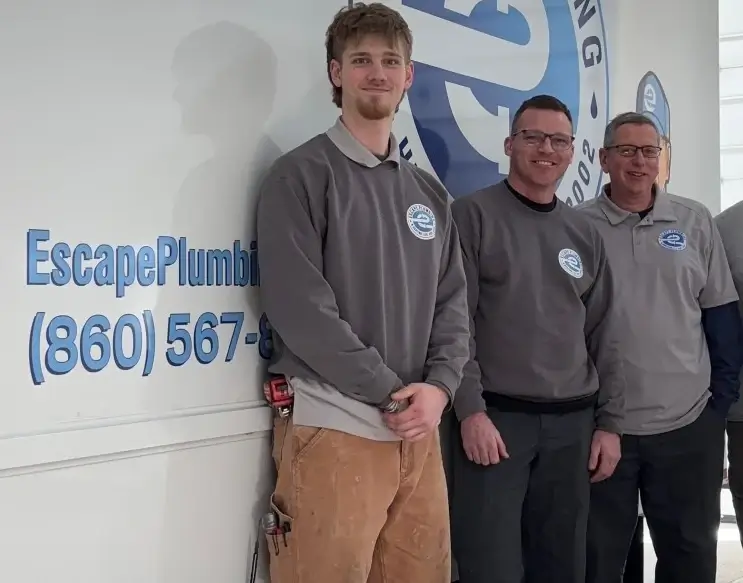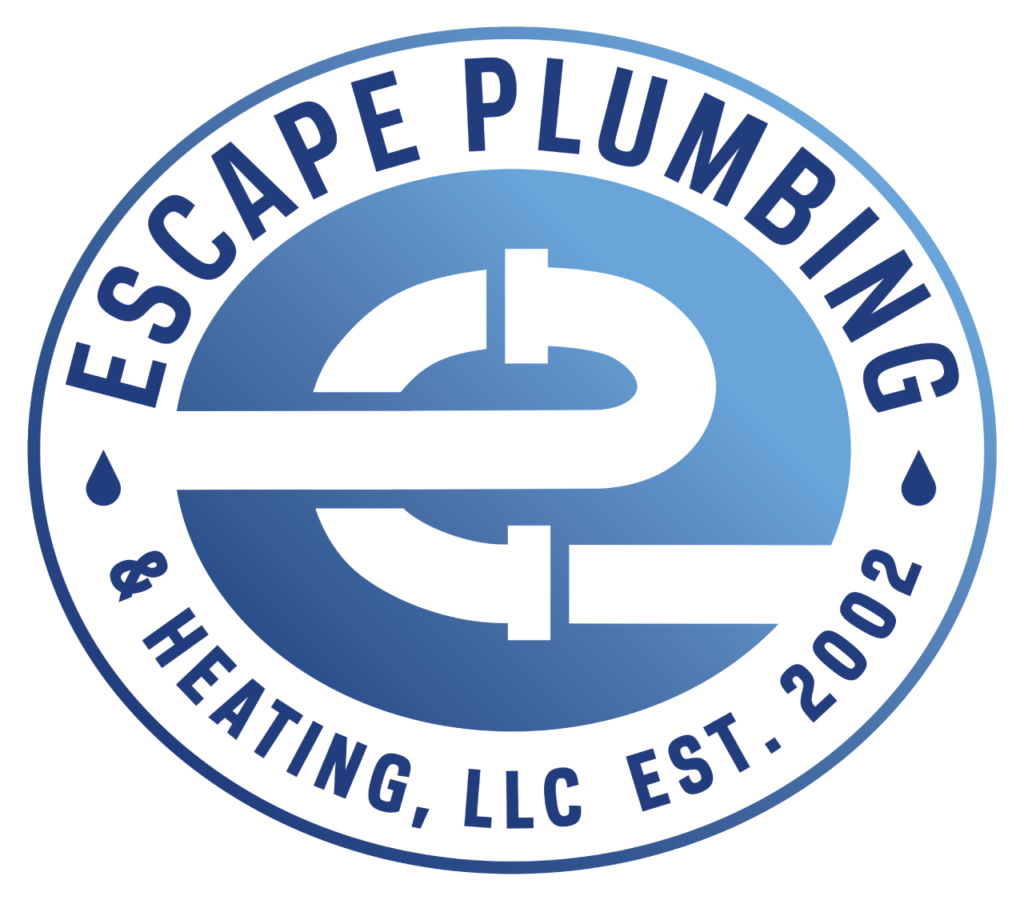Torrington Plumber
YOU CAN TRUST THE EXPERTS AT Escape Plumbing
Your Trusted Torrington Plumber for Every Home Plumbing Need

Get the Plumbing Help You Need—Fast
General Plumbing Services
Drain Cleaning
Water Heater Repair & Install
Emergency Plumbing Services
Why Homeowners Trust Escape Plumbing in Torrington
We’re not a big franchise or chain. Escape Plumbing is a family-owned, Morris-based company built on honesty, expertise, and real relationships with local homeowners.
Here’s why Torrington residents call us first:

- Over 30 years of plumbing experience
- Licensed & insured (PLM.0281791-P1, HTG.0394114-S1)
- Transparent estimates with no surprises
- Prompt, respectful, and clean service
- 5-star reviews from real local customers
We treat your home like our own—and we’re proud to serve Torrington families with the highest standard of care.
Why Torrington Homeowners Should Call Escape Plumbing Instead of Going DIY

Let’s be honest: there’s a time and a place for DIY. Hanging a picture frame? Sure. Changing a showerhead? Go for it. But when your basement is flooding or your water heater won’t cooperate, that’s when you need a pro. For residents in Torrington, choosing a trusted, local expert like Escape Plumbing isn’t just a smart decision—it might save your home, wallet, and sanity.
Why DIY Plumbing Often Backfires
YouTube makes everything look easy. But one wrong turn of a wrench and you could end up with burst pipes, water damage, or worse—a massive repair bill. DIY plumbing often lacks the foresight and precision that come from years of experience. Escape Plumbing brings that expertise to every call, with licensed Torrington Plumbers who’ve seen—and fixed—it all.
The Hidden Costs of "Cheap Fixes"
Let’s say you try snaking a clogged sink yourself. You buy a tool, waste a weekend, and the clog comes back next week—only this time, it’s backed up into your tub. What began as a $10 DIY project could now require full Torrington drain cleaning and mold remediation. Hiring Escape Plumbing early on avoids costly escalations and gives you peace of mind that it’s done right the first time.
Experience Matters in Emergency Plumbing
In plumbing, timing is everything. A leak doesn’t wait until it’s convenient. A broken water heater won’t consult your schedule. That’s why having a reliable Torrington emergency plumber on call is crucial. Escape Plumbing offers rapid response to get your systems back on track before damage spreads.
When It's About More Than Pipes: Water Heaters
Water heaters are one of those home appliances you don’t think about—until you’re taking a freezing cold shower. Whether you need Torrington water heater repair or are considering a full Torrington water heater replacement, it pays to trust a certified technician. The team at Escape Plumbing will evaluate your setup and recommend the best course of action, whether that’s a simple part replacement or full system installation.
Safety First: Avoiding Code Violations
Many DIY repairs risk violating local building codes. This isn’t just a paperwork issue—it can cause insurance headaches or stop a home sale in its tracks. Whether it’s Torrington water heater installation or repiping a kitchen, Escape Plumbing ensures every job is compliant with local safety standards.
You Deserve a Local Pro Who Stands By Their Work
The team at Escape Plumbing isn’t just passing through Torrington. They’re your neighbors, your go-to plumber in Torrington, and the folks your friends already trust. With hundreds of five-star reviews and a reputation for honest service, they back every job with a satisfaction guarantee.
Final Thought: Don’t Gamble With Your Plumbing
Torrington is a community that values self-reliance—but also knows when to call in the cavalry. DIY may be tempting, but plumbing isn’t the place to learn by trial and error. Whether you’re searching for “Torrington plumber near me,” or weighing your options for major plumbing in Torrington, make the choice that saves time, stress, and money.
Schedule your service today and let Escape Plumbing handle the dirty work, so you don’t have to.
Frequently Asked Questions
Escape Plumbing and Heating offers a range of services, including plumbing repairs, drain cleaning, water heater installation, and more to residents and businesses in Torrington, CT.
Yes, all plumbers at Escape Plumbing and Heating are fully licensed and insured, ensuring professional and reliable service.
With years of experience, a commitment to customer satisfaction, and expertise in both residential and commercial plumbing, Escape Plumbing is a trusted name in Torrington.
Absolutely! We specialize in thorough drain cleaning services to clear clogs and maintain the efficiency of your plumbing system.
For most homes, annual drain cleaning helps prevent clogs and keep your plumbing system in top condition. Our team can recommend a schedule tailored to your needs.
You can schedule a service by calling us directly or using the contact form on our website at https://escapeplumbing.com.
